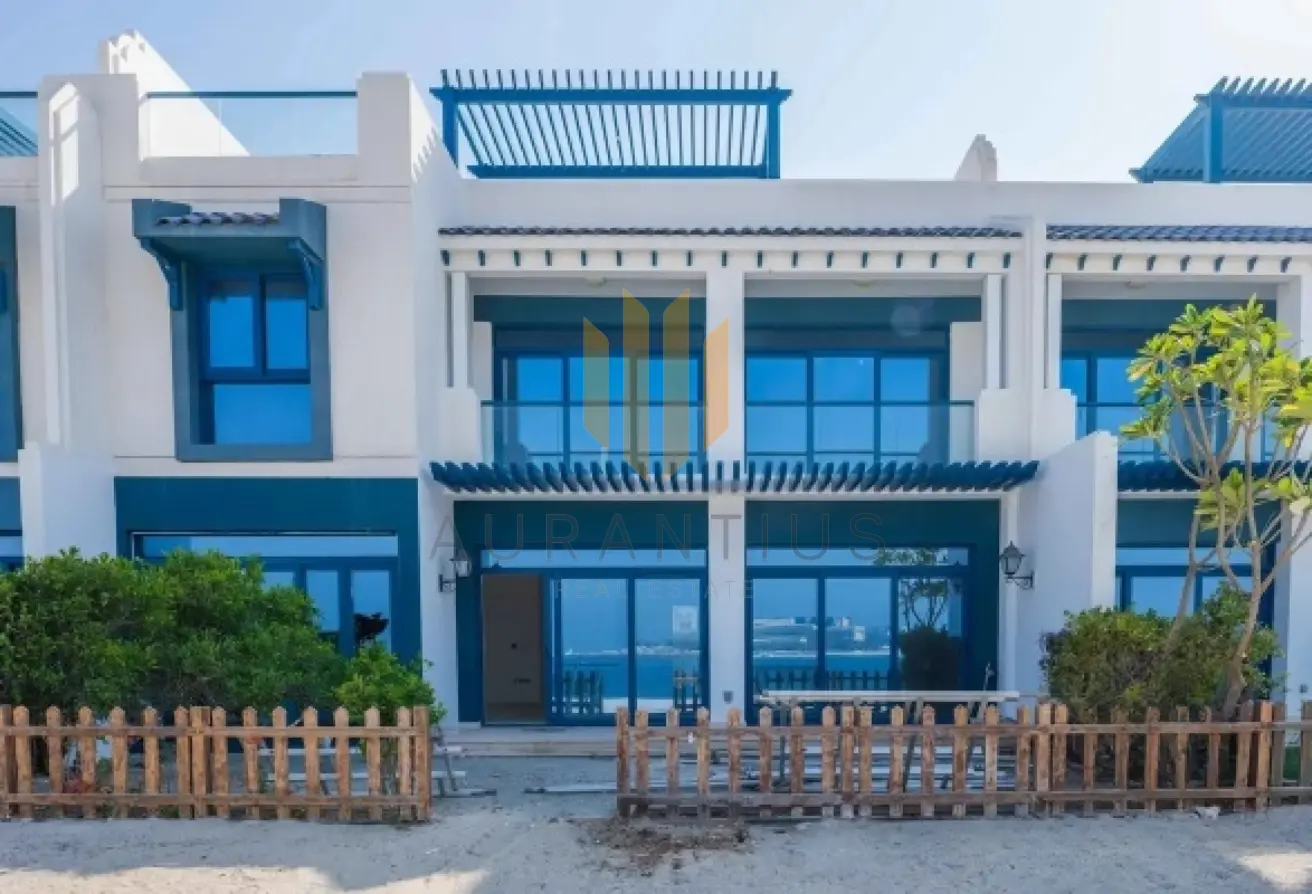UAE Airspace Stable Amid Middle East Conflict – A Strategic Aviation and Investment Hub
UAE Airspace Stable Amid Middle East Conflict , Despite escalating tensions between Israel and Iran, the United Arab Emirates (UAE) has maintained remarkable stability in its air traffic and global connectivity. As neighboring countries face airspace restrictions, the UAE’s aviation infrastructure continues to function effectively, reinforcing its position as the region’s safest and most resilient travel and investment destination.
Stable Skies: UAE Airspace Remains Uninterrupted
Since June 13, when conflict intensified between Israel and Iran, several countries including Iran and Iraq have closed their airspaces. However, according to real-time aviation data from Flightradar24, the UAE has shown minimal change in its air traffic patterns. “We measured no appreciable difference in air traffic to, from, or through the UAE,” said a spokesperson for the Sweden-based tracking firm.
Air traffic over Dubai Marina, Dubai Hills Estate, and Jumeirah Village Circle has continued at near-average levels. The UAE has maintained an average of 2,725 daily flights, only slightly down from its previous 2,838 flights per day, despite regional challenges.
Saudi Arabia and Afghanistan Absorb Overflow
With the closure of Iranian and Iraqi airspaces, overflights in Saudi Arabia have more than doubled—from 700 to 1,400 flights per day. Meanwhile, flights over Afghanistan increased dramatically from 50 per day to over 280. Airlines like Emirates, Flydubai, and Etihad have rerouted several of their services, adjusting to longer paths while minimizing passenger disruption.
This redirection strategy is essential to ensure uninterrupted connectivity to global destinations, especially Europe and Asia. However, it does come at a cost.
Flight Time and Fuel Cost Impact on Carriers
The rerouting of flights has led to longer flight durations and increased operational costs. For example, Flydubai’s flights to Moscow now take nearly 7 hours instead of the usual 5. Emirates, one of the world’s largest international carriers, also reported elevated flight times and associated fuel usage.
Saj Ahmad, chief analyst at StrategicAero Research, stated, “We’re likely to see an increase in airfares due to rising fuel costs and extended flight times, especially for European and US-bound flights.”
This development could eventually translate into higher ticket prices, as aircraft now bypass Iranian, Iraqi, Syrian, and Jordanian airspaces, opting instead to fly through routes like Dubai South and Saudi airspace.
According to top real estate analysts, Business Bay and Palm Jumeirah have seen property price increases of up to 70% over the past four years. This upward trend is largely driven by global high-net-worth individuals (HNWIs) and institutional investors seeking both luxury living and long-term returns. Whether for portfolio diversification or a better lifestyle, Dubai continues to check all the boxes.

UAE’s Strategic Advantage in Uncertain Times
While many regional airlines are experiencing operational turbulence, the UAE continues to benefit from its reliable infrastructure and investor-friendly environment. According to aviation and economic analysts, this stability enhances investor confidence, making the UAE an ideal hub for both aviation and real estate investments.
Investors have already shown strong interest in Dubai’s property sector, particularly in thriving areas like Al Furjan and Business Bay. Dubai’s resilience in the face of global and regional disruptions continues to attract both commercial and residential buyers.
Commercial Aviation and Real Estate Interlink
Reliable aviation routes ensure investor mobility and business continuity. For developers working on major projects like luxury properties and apartment complexes, the ability to guarantee easy accessibility for foreign stakeholders remains a major selling point.
The UAE’s government has also introduced supportive policies for -investment, including the off-plan investment model, which continues to grow in popularity despite global headwinds.
Conclusion: UAE’s Resilience Proves Key
As the Middle East navigates rising geopolitical tensions, the UAE stands firm as a beacon of stability. From aviation to property investment, its ability to remain operational and globally connected reinforces its image as a trusted hub for business and travel. Travelers and investors alike can continue to count on the UAE’s readiness, resilience, and strategic foresight in uncertain times.











